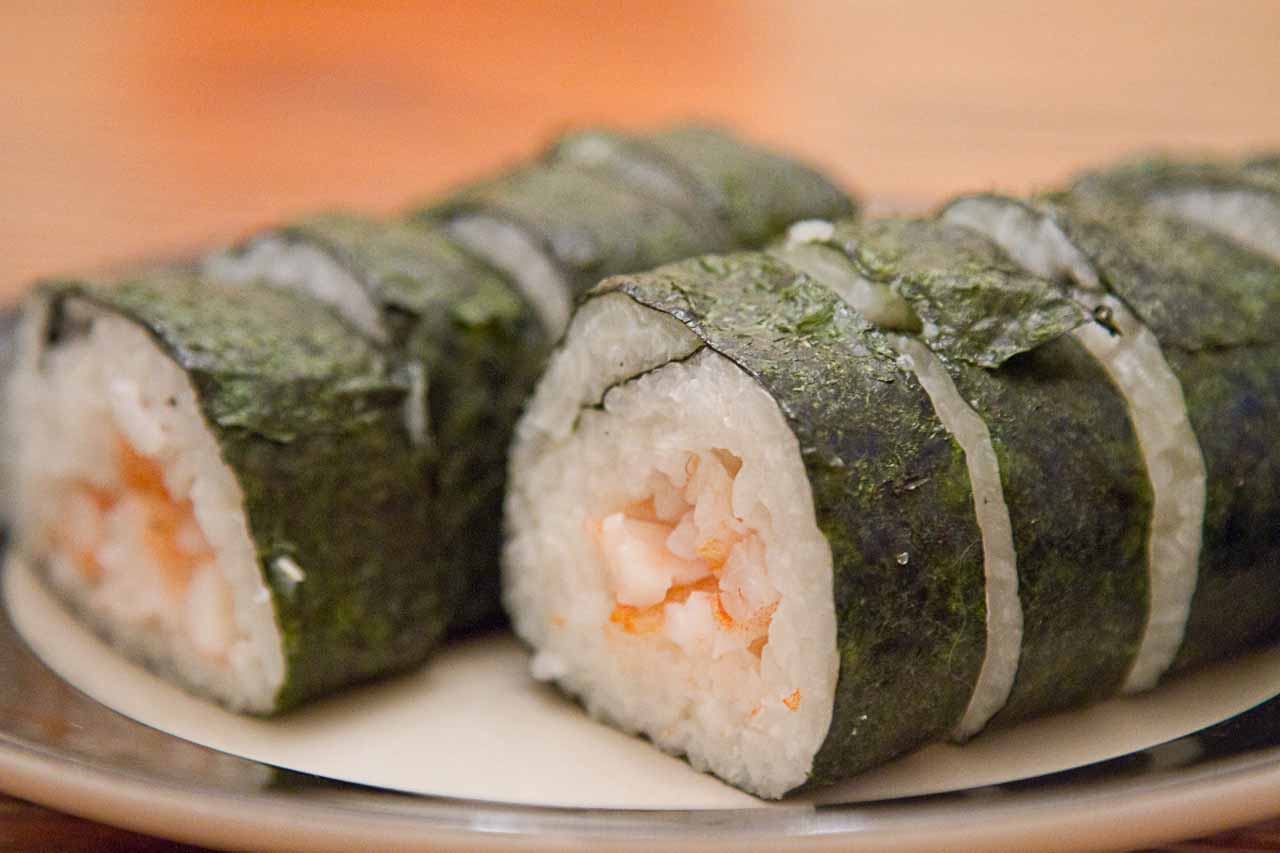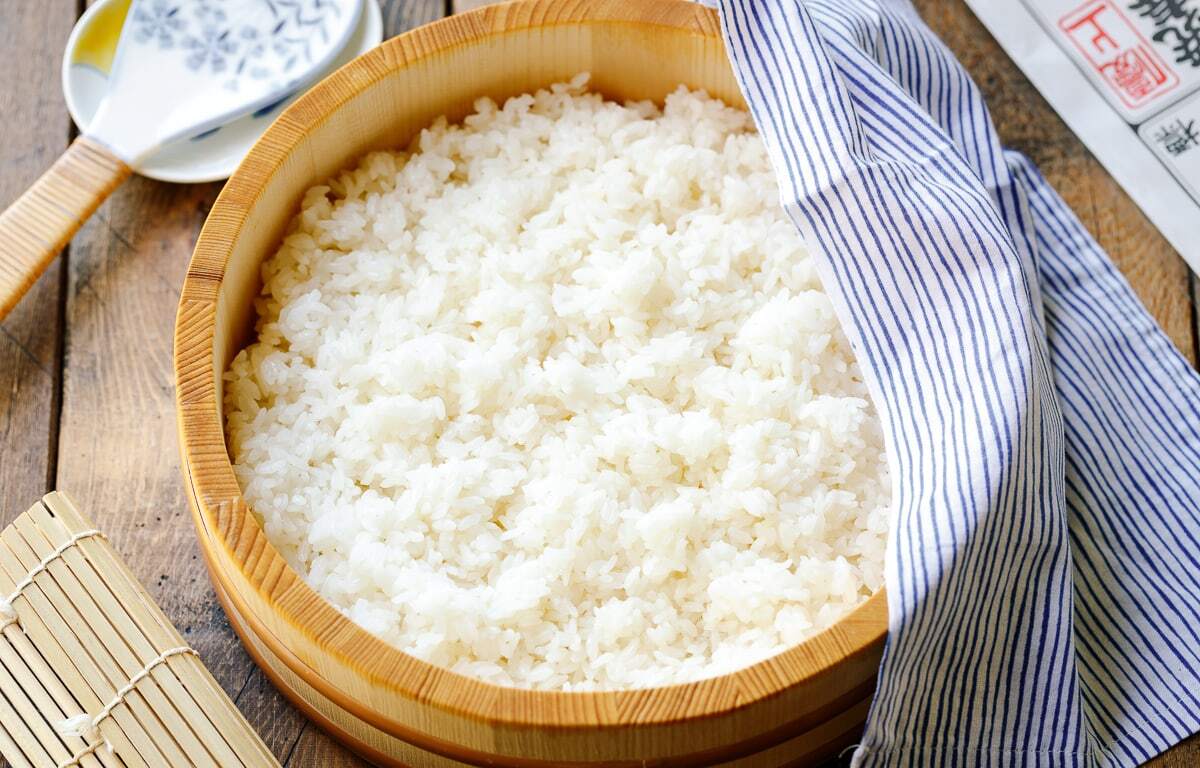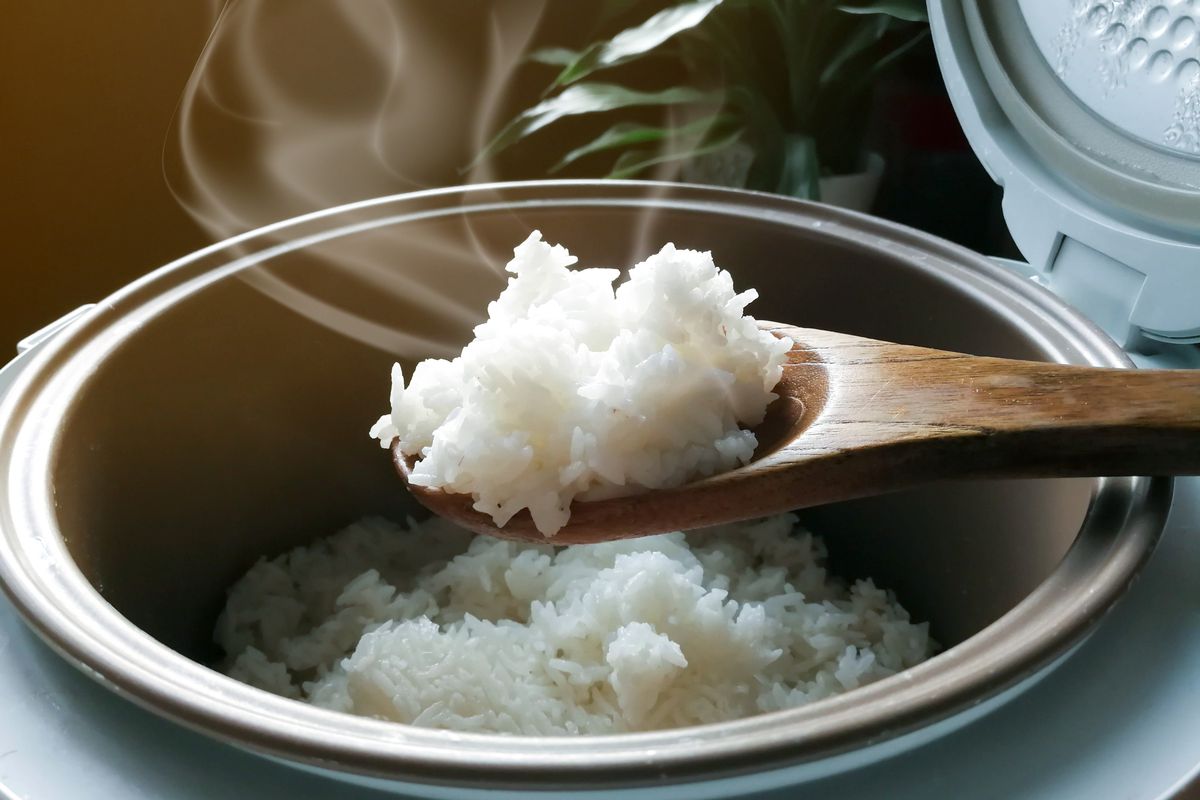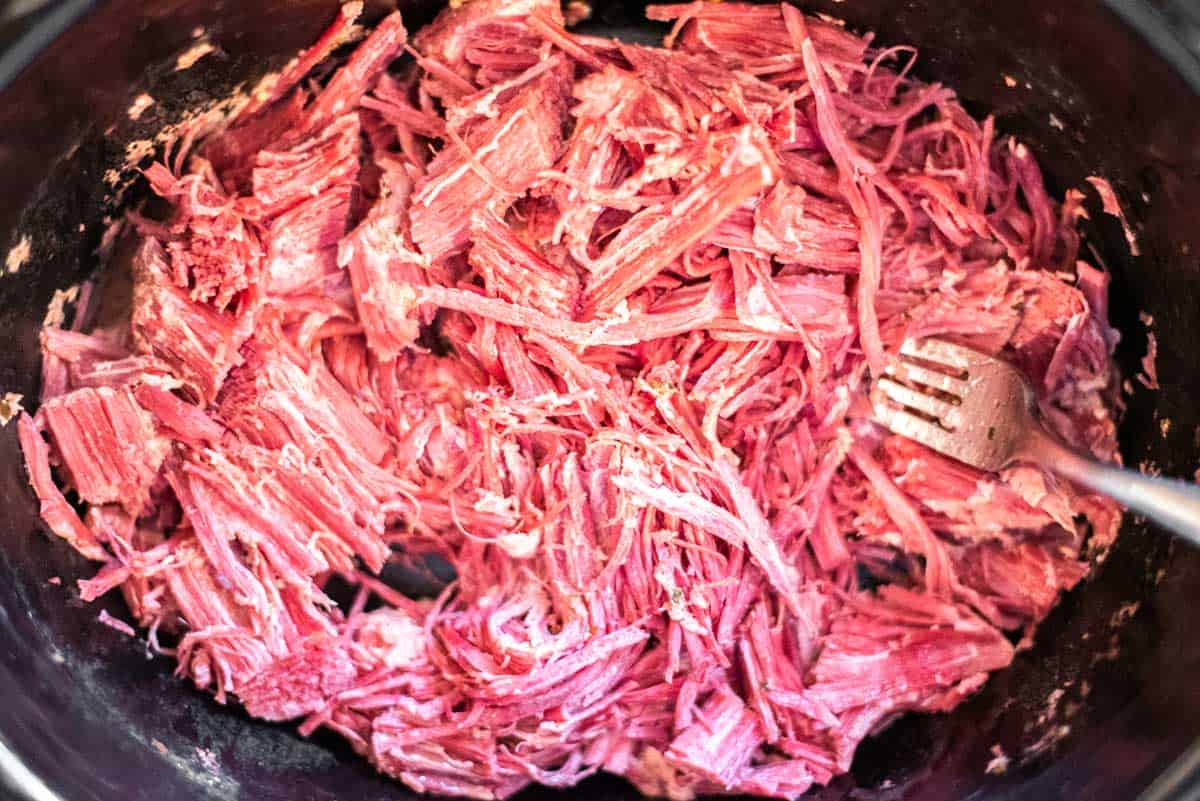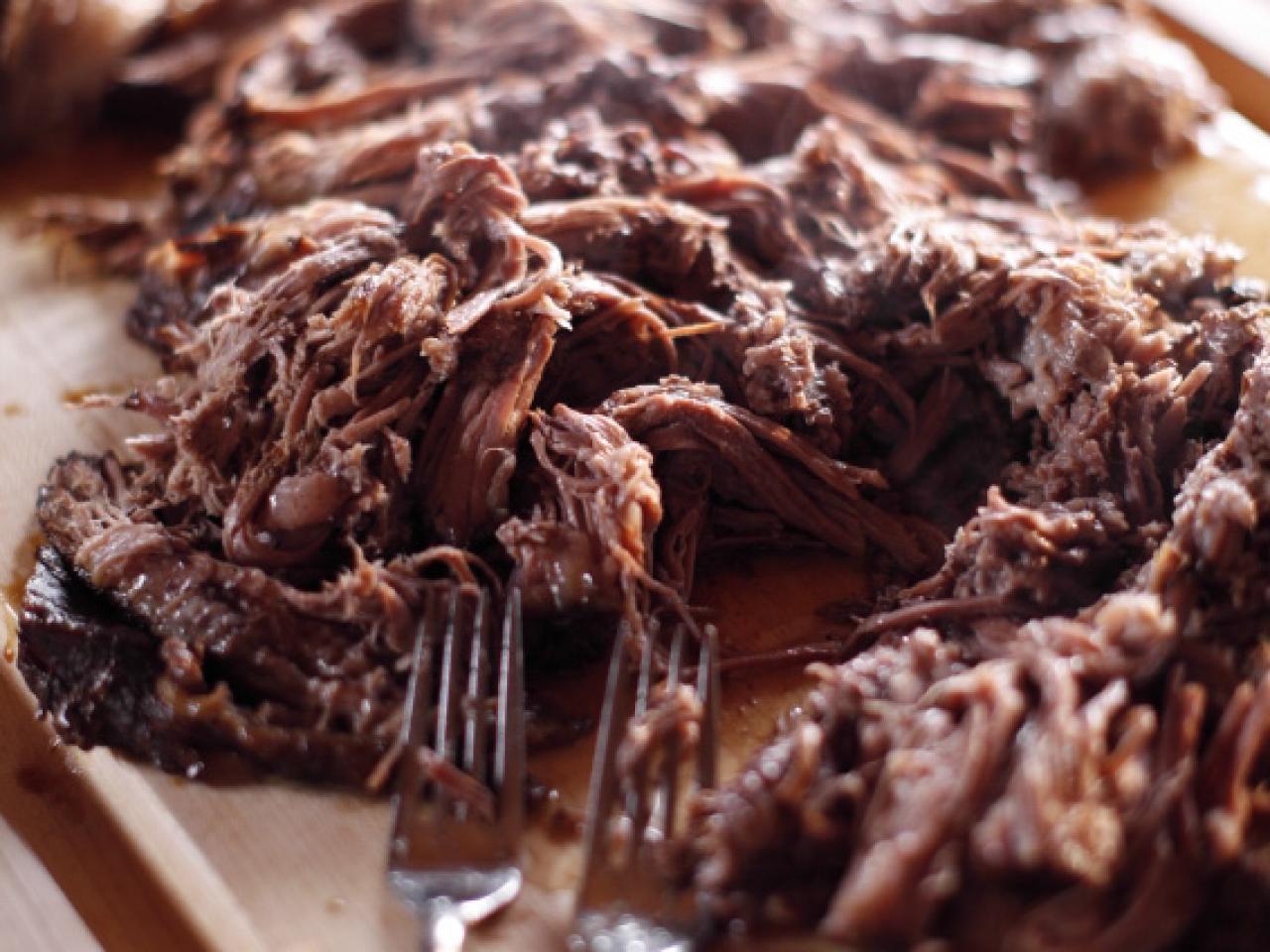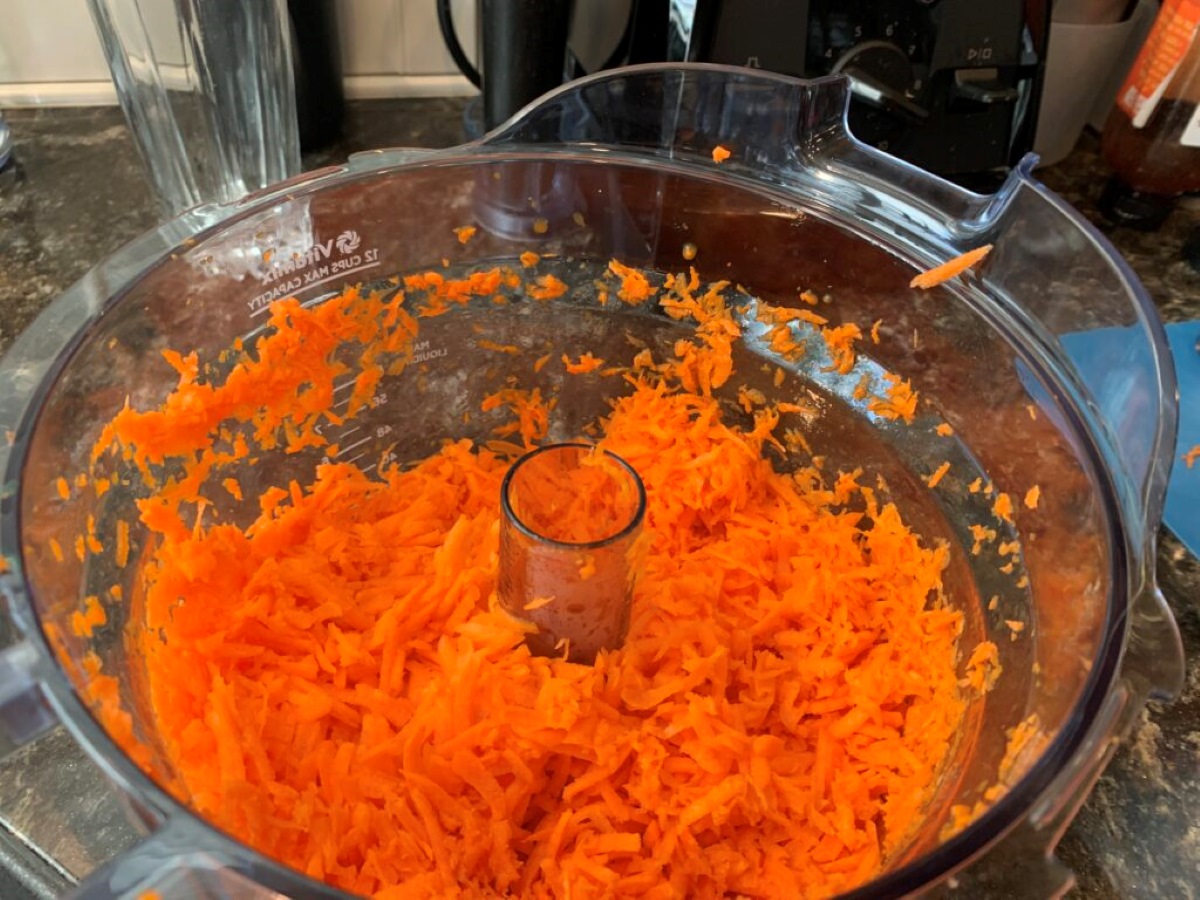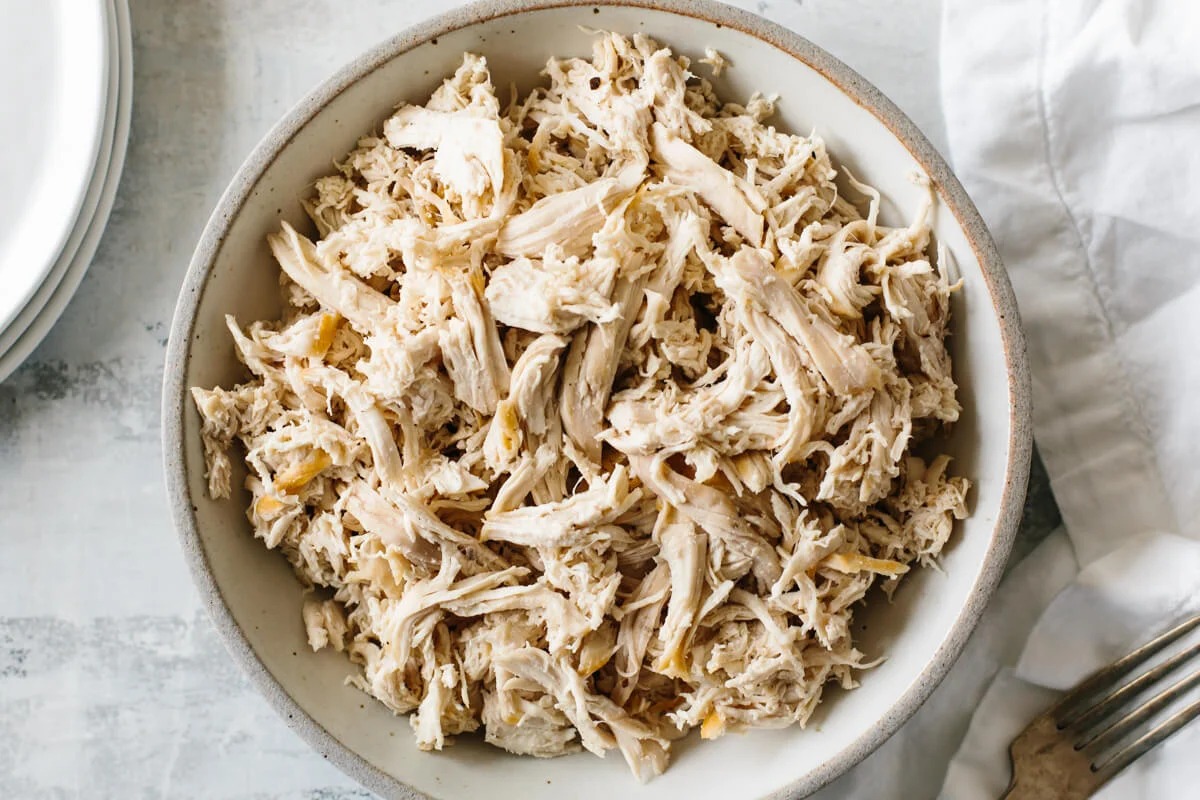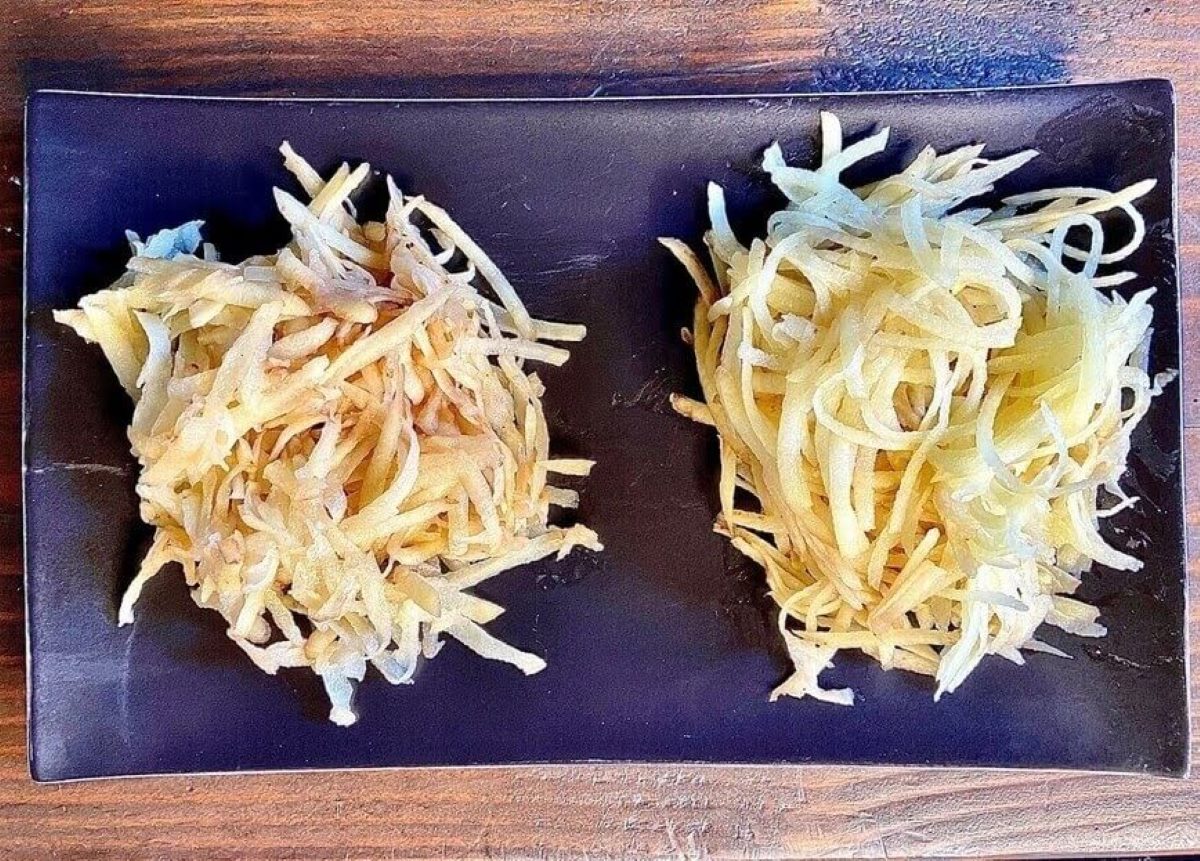Making sushi rice with basmati is a unique twist on the traditional Japanese dish. Basmati rice, known for its fragrant aroma and long, slender grains, brings a delightful flavor and texture to sushi rice. If you're eager to try this fusion, follow these simple steps to create delicious sushi rice with basmati at home.
Ingredients:
Before you begin, gather the following ingredients:
- 1 cup of basmati rice
- 1 1/4 cups of water
- 2 tablespoons of rice vinegar
- 1 tablespoon of sugar
- 1/2 teaspoon of salt
Instructions:
Now, let’s dive into the step-by-step process of making sushi rice with basmati:
- Rinse the Rice: Start by rinsing the basmati rice under cold water until the water runs clear. This helps remove excess starch and ensures the rice cooks evenly.
- Cook the Rice: In a pot, combine the rinsed basmati rice with 1 1/4 cups of water. Bring the mixture to a boil, then reduce the heat to low, cover, and simmer for 15-20 minutes, or until the rice is tender and the water is absorbed.
- Prepare the Seasoning: In a small saucepan, combine the rice vinegar, sugar, and salt. Heat the mixture over low heat, stirring until the sugar and salt dissolve. Once dissolved, remove it from the heat and let it cool.
- Mix the Seasoning: Transfer the cooked basmati rice to a large, non-metallic bowl. Gradually add the seasoned vinegar to the rice, gently folding and mixing it in. Be careful not to smash the rice grains while mixing.
- Cool the Rice: Allow the seasoned rice to cool to room temperature. As it cools, cover it with a damp cloth to prevent it from drying out.
Once the sushi rice with basmati is ready, you can use it to create your favorite sushi rolls or nigiri. The aromatic flavor and slightly different texture of basmati rice will add an exciting twist to your sushi creations.
Conclusion:
Experimenting with different types of rice, such as basmati, can bring a new dimension to traditional dishes like sushi. By following these simple steps, you can enjoy the delightful fusion of Japanese and Indian flavors in your homemade sushi. So, grab your ingredients and get ready to impress your taste buds with sushi rice made from fragrant basmati!
With these tips, you can easily master the art of making sushi rice with basmati and delight your taste buds with a unique fusion of flavors.
Was this page helpful?
Read Next: How To Make Sushi Rice No Sugar
